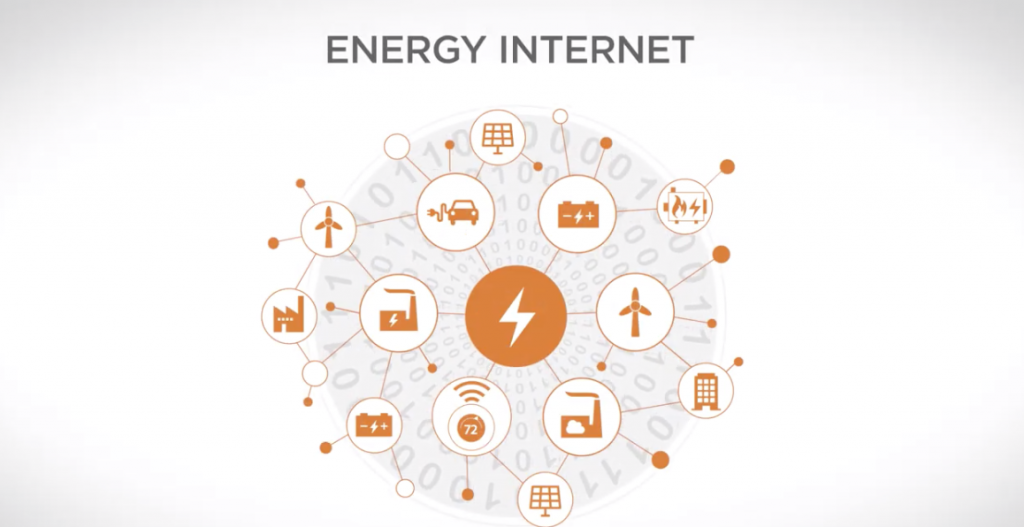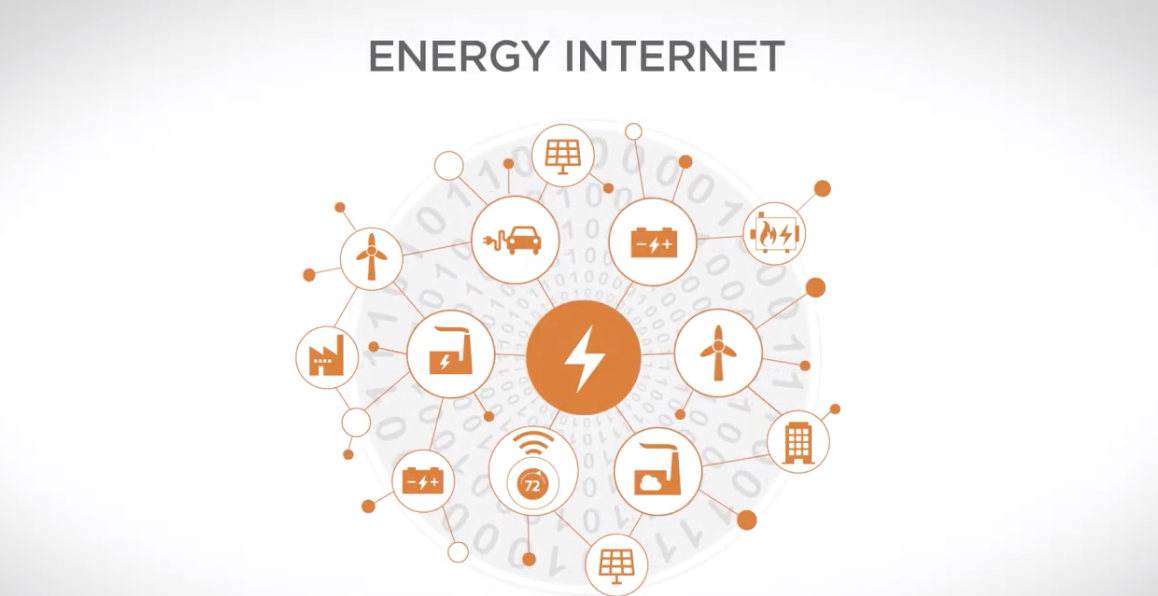
AI companies like Autogrid and Innowatts are helping power companies avoid brownouts during great shifts in demand. (Source: Autogrid video)
High Demand Shifts on Electrical Grid Balanced with AI Programs
Utility companies are depending more on AI and machine learning to adapt to the COVID-19 world by adjusting windfalls and fluctuations faster as demand moves into homes and away from office buildings, according to a venturebeat.com story.
At least two major programs, Innowatts and Autogrid, are assisting dozens of utility companies in making sure that brown-outs and blackouts don’t interrupt service as demand shoots up in suburban areas.
Innowatts, a startup developing an automated toolkit for energy monitoring and management, has numerous major U.S. utility companies as customers and uses data from its eUtility platform from over 34 million smart energy meters.
Innowwatts told VentureBeat that it observed “dramatic” shifts in energy usage between the first and fourth weeks of March. In the Northeast, “non-essential” retailers like salons, clothing shops, and dry cleaners were using only 35% as much energy toward the end of the month (after shelter-in-place orders were enacted) versus the beginning of the month, while restaurants (excepting pizza chains) were using only 28%. In Texas, conversely, storage facilities were using 142% as much energy in the fourth week compared with the first.
The program effectively predicted and dealt with redistributing power as needed.
Autogrid works with over 50 customers in 10 countries — including Energy Australia, Florida Power & Light, and Southern California Edison — to deliver AI-driven power usage insights. “Its platform makes 10 million predictions every 10 minutes and optimizes over 50 megawatts of power, which is enough to supply the average suburb.”
The software ingests, stores and manages petabytes of data from trillions of endpoints using data science, machine learning, and network optimization algorithms to adjust for supply and demand patterns.
Autogrid CEO Dr. Amit Narayan told VentureBeat that the COVID-19 crisis has heavily shifted daily power distribution in California, where it’s having a “significant” downward impact on hourly prices in the energy market. He says that Autogrid has also heard from customers about transformer failures in some regions due to overloaded circuits, which he expects will become a problem in heavily residential and saturated load areas during the summer months (when air conditioning usage goes up).
Narayan said he expects greater demand due to air conditioning needs during the summer, which could make the service even more taxed, particularly since the grid hasn’t recovered completely from the Pacific Gas & Electric fire disaster of last year, in which outages were part of daily life.
Both executives say the AI programs are crucial to keeping electricity flowing to everyone who needs it.
“During these turbulent times, AI-based load forecasting gives energy providers the ability to … develop informed, data-driven strategies for future success,” Innowwatts CEO Sid Sachdeva told VentureBeat. “With utilities and energy retailers seeing a once-in-a-lifetime 30%-plus drop in commercial energy consumption, accurate forecasting has never been more important. Without AI tools, utilities would see their forecasts swing wildly, leading to inaccuracies of 20% or more, placing an enormous strain on their operations and ultimately driving up costs for businesses and consumers.”
read more at venturebeat.com








Leave A Comment